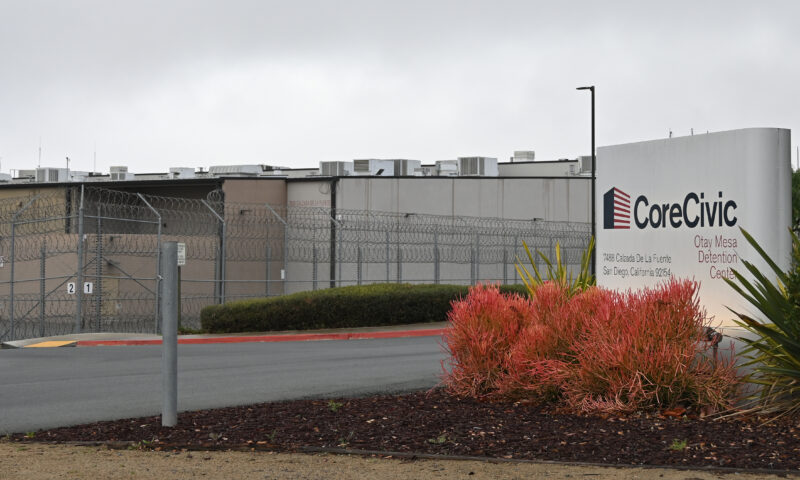Labor & Economy
Winning More Jobs from Government Investment

It seems like a hopeless conundrum. We need our government – federal state and local – to stimulate the economy and help create jobs. But our government has no money. Or at least less money. So does that mean that it’s foolish – or unfair – to insist that our local, state and governments do “something” to create more and better jobs for people who desperately need them?
Well, no. In fact, there is a lot that our government can do to double or triple the number of jobs that are being created in the U.S. with the same or similar amounts of money. We just have to do things in a smarter and more strategic way to get much better results.
Here’s what I mean. As people may imagine, local, state and the federal governments buy billions of dollars worth of goods and services every year. Think about all of the buses, rail cars, police cars, concrete, steel, nails, smart meters, school lunches, pencils, construction, janitorial services, etc. that we buy all the time. Most of the time, decisions on government purchasing are made with a pretty simple set of criteria. What’s the best possible product we can get for the cheapest price. Sometimes, the decision is simply based on the cheapest price.
Just think if we insisted that every transit agency, every police department, every school district as well as the federal government create a “best value” approach to purchasing goods and services, and insert criteria around job creation, access to those jobs, some basic standard of quality (like living wages) for those jobs as well as some minimal environmental sustainability criteria into our purchasing decisions. We could dramatically increase the number, quality and access to jobs as well as the environmental sustainability created by products and services purchased by governmental entities.
Here’s how it works now, for the most part. Say the police department wants to buy 100 police cars. The general rule is that the purchasing department will put out a request for proposals for a certain type of police car, with certain qualities, to car companies around the world. Usually, the lowest bidder will get the contract, even if that lowest bidder proposes to build the cars in another country and pay its workers one dollar per day and/or even if the cars are big polluters or get low gas mileage.
In some cities and states, purchasing officials are beginning to make a small but significant change to this decision-making process. They are beginning to buy goods and services that constitute the best “value” for our public dollar, rather than the best product for the cheapest price. They are insisting that a number of factors be considered in our public purchasing decisions: the number and quality of jobs that will be created, the opportunities created for disadvantaged groups like veterans and long-term unemployed, the environmental sustainability of the product or of the processes used in providing the service, the quality of the product and the materials used as well as the price. The best value for the money.
Here’s the basic idea: We could take the same amount of money that we are spending now – or maybe a little tiny bit more – and have a dramatic impact on our economy and our environment. And we can do this just by insisting that we put our values into our purchasing. We care about job creation and opportunity for the unemployed, veterans, young people, right? So why don’t we insist that all of the products and services that we collectively buy include job creation and job quality criteria as an essential consideration. Not the only consideration, of course, because we still need to be careful about our spending. But one of several important considerations. And then insist that companies that want to sell us (meaning our government) goods and services compete based on the number and quality of U.S. jobs they create, as well as the quality of the product or service and the price. And let competition – and the free market – do the rest.
I know that I’m oversimplifying a little bit. There are local, state and federal rules that govern public contracting, based on more than 100 years of experience. But there are cities and states across the country that are adopting best-value standards for public contracting and beginning to make a difference. But a lot more needs to be done. More on that in the months to come.
(This post first appeared on BackToFullEmployment and is republished with permission.)

-

 Latest NewsJune 17, 2025
Latest NewsJune 17, 2025A Coal Miner’s Daughter Takes on DOGE to Protect Miners’ Health
-

 Beyond the BorderJune 10, 2025
Beyond the BorderJune 10, 2025Detained Man Says ICE Isn’t Treating His Colon Cancer
-

 Column - State of InequalityJune 12, 2025
Column - State of InequalityJune 12, 2025‘Patients Will Suffer. Patients Will Die.’ Why California’s Rural Hospitals Are Flatlining.
-

 Featured VideoJune 10, 2025
Featured VideoJune 10, 2025Police Violently Crack Down on L.A. Protests
-

 Column - California UncoveredJune 18, 2025
Column - California UncoveredJune 18, 2025Can Gov. Gavin Newsom Make Californians Healthier?
-

 The SlickJune 11, 2025
The SlickJune 11, 2025New Mexico’s Governor Declares Drought Emergency. Sort Of.
-

 Latest NewsJune 13, 2025
Latest NewsJune 13, 2025Attacks on Immigrants Put Erie’s Revival in Danger
-

 Beyond the BorderJune 24, 2025
Beyond the BorderJune 24, 2025Here’s What’s Happening to the People ICE Arrests in Immigration Court

